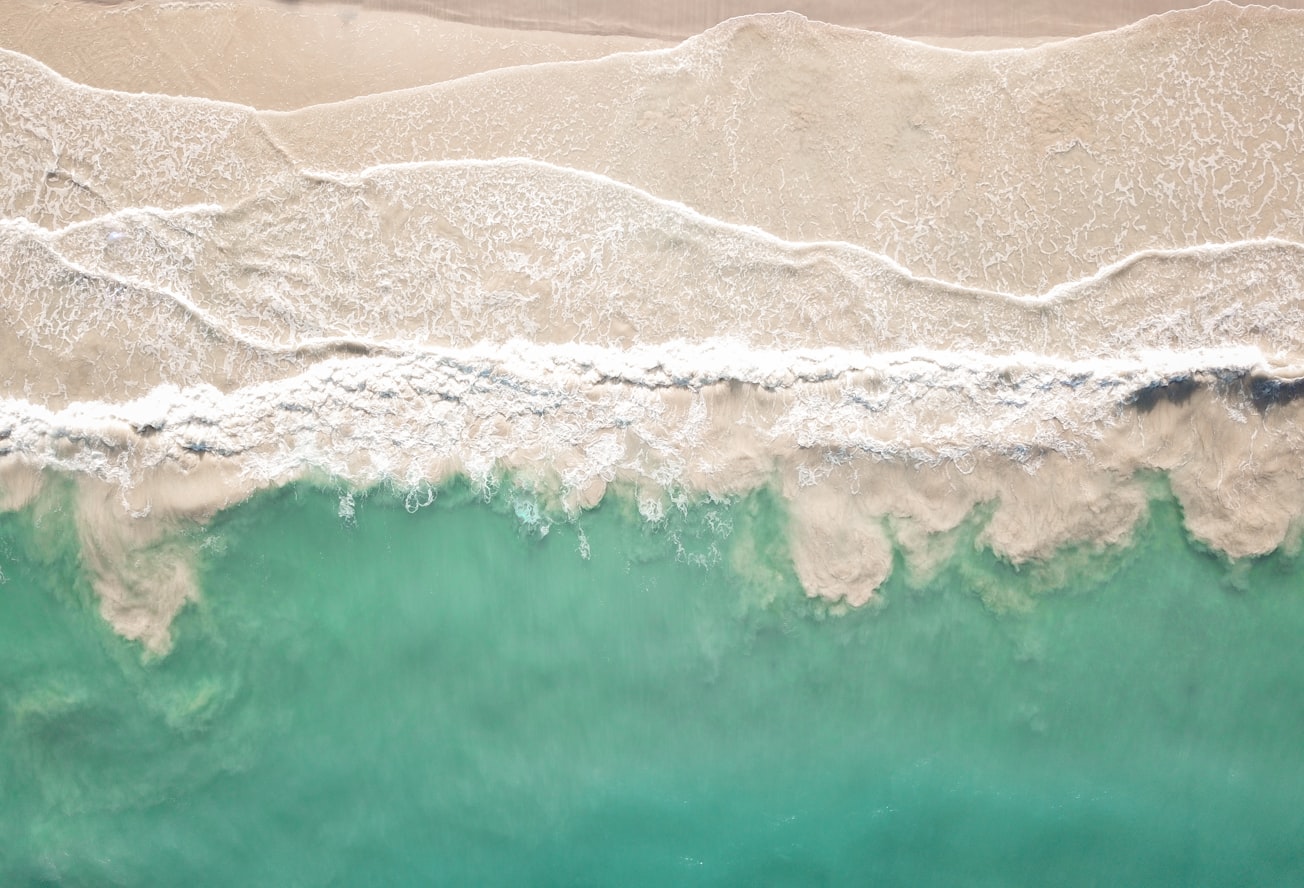What is it about?
When sand is agitated by an oscillating current on a slope, the sand moves downslope on average because of the effect of gravity on saltating particles. Theoretical arguments suggest that the downslope flux should vary linearly with the gradient, being greater on steeper slopes, and to increase with the average speed of the oscillating current. From the gradient and how the oscillating currents beneath surface waves vary with water depth, the downslope flux can be estimated. This study used finite-difference modelling to predict the shapes of coastal sand bodies, showing how the rollover geometry of sandy clinoforms might be expected to respond to changing wave climate.
Featured Image

Photo by Michael Olsen on Unsplash
Why is it important?
Paleoceanography as a subject has addressed mostly the long-period variations in ocean currents (e.g., from sortable silt), while shorter-period oscillations are more difficult to characterise. Addressing these shorter-periods, the modelling results suggest that changing wave climate might be interpretable from the shapes of sandy clinoforms if other influences can be characterised.
Read the Original
This page is a summary of: Modeling The Rollovers of Sandy Clinoforms from the Gravity Effect On Wave-Agitated Sand, Journal of Sedimentary Research, July 2012, Society for Sedimentary Geology,
DOI: 10.2110/jsr.2012.48.
You can read the full text:
Contributors
The following have contributed to this page







